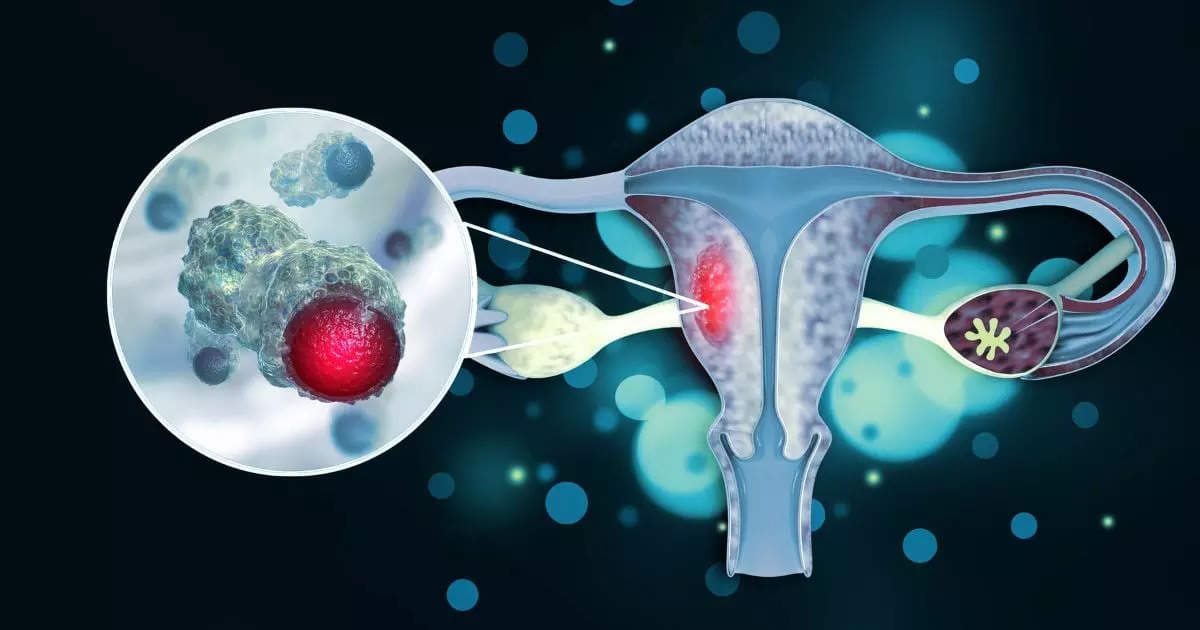REPORT ON CERVICAL CANCER

Disclaimer: Copyright infringement not intended.
Context
- More than 6,00,000 new cases of cervical cancer and more than 3,40,000 deaths from the disease were reported around the world in 2020, according to The Lancet Global Health journal.
What Is Cervical Cancer?
- Cervical cancer is cancer that starts in the cells of the cervix. The cervix is the lower, narrow end of the uterus (womb).
The Recent Lancet Study
- The Lancet Study used the International Agency for Research on Cancer’s (IARC) Global Cancer Observatory (GLOBOCAN) 2020 database to estimate the burden of cervical cancer incidence and mortality rates in 185 countries.
Findings of the Study
- Though the incidence of cervical cancer has decreased in many parts of the world —notably in Latin America, Asia, Western Europe, and North America — over the past three decades, the burden remains high in many low- and middle-income countries.
- In 2020, overall incidence was 13 per 1,00,000 women; mortality was 7 per 1,00,000 women. As many as 172 out of the 185 countries saw more than the 4 cases per 1,00,000 women per year threshold for elimination set by the World Health Organisation (WHO).
- The study has detected encouraging decreases in some high-income countries such as Sweden, Australia, and the UK following successful implementation of HPV vaccination programmes and screening, but globally the burden remains high.
- The study found major declines in cases in Latin American countries including Brazil, Colombia, and Costa Rica; Asian nations like India, Thailand, and South Korea; and Poland, Slovenia, and the Czech Republic in Eastern Europe.
- However, there were increases in cases over the past decade in Latvia, Lithuania, and Bulgaria, in parts of East Africa, as well as in The Netherlands and Italy.
- Reasons for the recent increases might include increased prevalence of HPV among the younger generations of women and lack of effective screening programmes.
Prevention
- Cervical cancer can often be prevented by having regular screenings with Pap tests and human papillomavirus (HPV) tests to find any precancers and treat them.
- The development of effective vaccination against the human papillomavirus (HPV), which causes cervical cancer, and screening programmes have made cervical cancer a largely preventable disease.
HPV Vaccine
- The HPV vaccine protects against the types of HPV that most often cause cervical, vaginal, and vulvar cancers.
- HPV vaccination is recommended for preteens aged 11 to 12 years, but can be given starting at age 9.
- HPV vaccine also is recommended for everyone through age 26 years, if they are not vaccinated already.
WHO Target
- In 2020, the WHO announced a target to accelerate the elimination of the disease as a public health problem, aiming to reduce incidence to less than 4 cases per 1,00,000 women per year in every country by 2030. This study tracks the progress on cervical cancer rates and identifies the countries and regions where scaling-up efforts are required to reach WHO targets.
Way Ahead
- The screening and treatment of precancerous and invasive cervical cancer is still fundamental to achieving the WHO’s elimination target.
- Vaccination should be encouraged together with sexual health education in schools; it should be part of the school curriculum



.jpg)
.jpg)
1.png)
